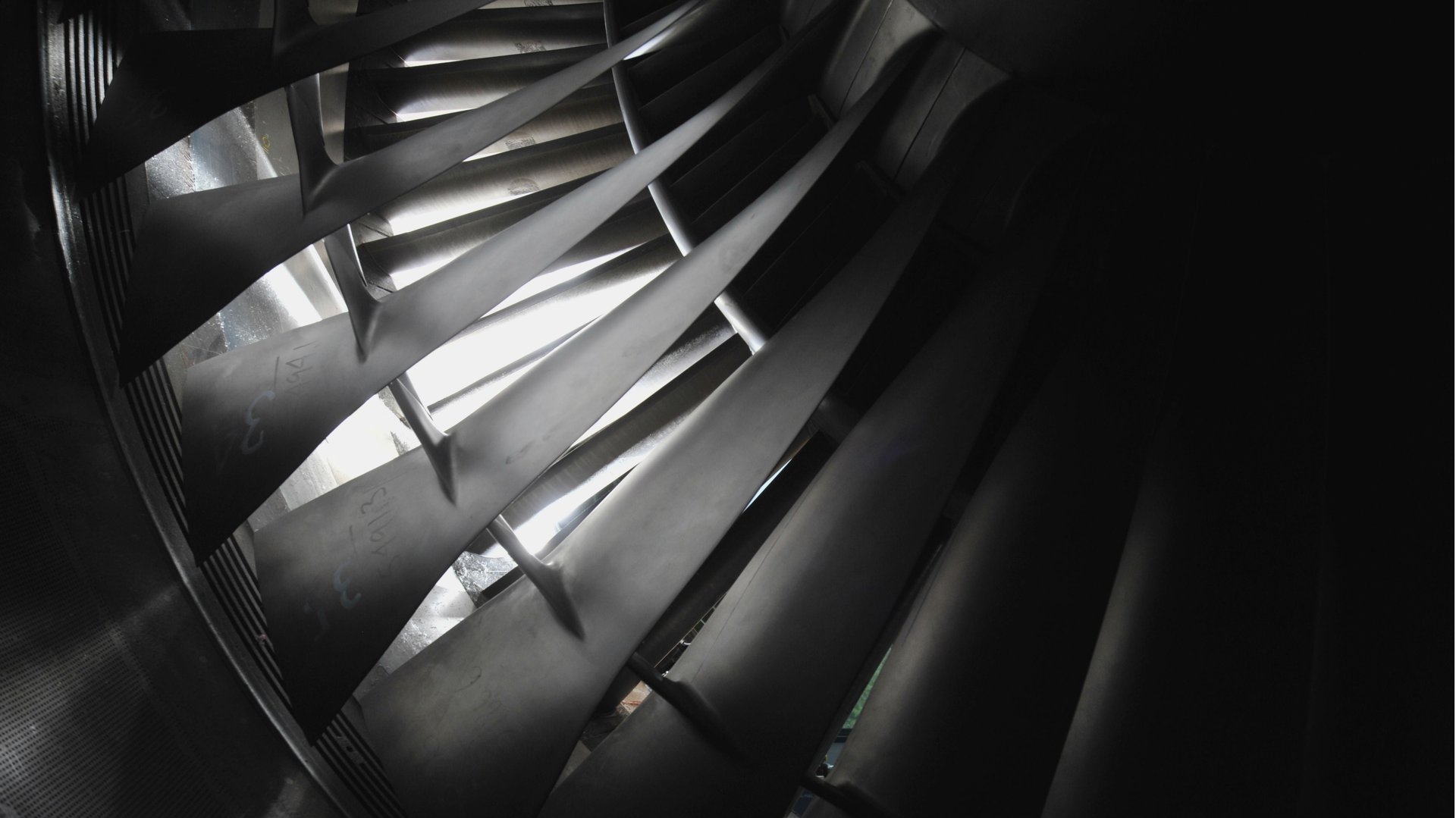The best place to put your fan to cool off, according to science
A question on Hacker News came to Quartz’ attention last week. A user asked, assuming that the inside of a room is about 30°C (86°F) and the outside is less than 20°C (68°F), “Do I place the fan so that it blows air inwards or outwards?” The lively discussion that followed inspired us to try to find an actual answer.


A question on Hacker News came to Quartz’ attention last week. A user asked, assuming that the inside of a room is about 30°C (86°F) and the outside is less than 20°C (68°F), “Do I place the fan so that it blows air inwards or outwards?” The lively discussion that followed inspired us to try to find an actual answer.
In this case, let’s assume that the question is about people trying to be comfortable (as opposed to keeping computers or other technology working, which is a direction the Hacker News discussion went). At 30°C, even in dry heat, it’s fair to assume that anyone would be sweating. Sweating, of course, is the wonderful thermal adaptation evolution has bequeathed us: We humans are the best at it on the planet, capable of secreting water and salts from glands all over our bodies in order to cool down. But much more comfortable is to use technology to avoid heating up in the first place.
In this case, you want to get the air in the room blowing on you. “The sensation of [air speed]”—that is to say, air blowing over you—”improves thermal comfort in a cooling situation,” says Andrew Persily, an engineer focused on indoor-air quality at the National Institutes of Standards and Technology in Gaithersburg, Maryland.
When sweat evaporates into the air, it takes heat with it, he says, and we feel cooler. Even if we’re not sweating noticeably, our bodies are constantly generating small amounts of moisture to cool off. Air that moves over our bodies in any way—wind, an air conditioner, a fan—speeds up that evaporation process, making us feel cooler. (Obviously, there’s a limit, he says: if the air speed is too high, it can just be uncomfortable.)
Should a window fan blow into the room, or out of the room?
Fans blow air directionally, and take in air from behind them. The other way of thinking about how a fan can cool off a room, Persily says, is through heat removal. You could presumably place a fan so it blows out a window as a means of removing heat from the room. However, this only works if the hot room is connected to a cool hallway. By sucking out the hot air from the room, the negative pressure would pull in more air from wherever it could; assuming (as in this scenario) that the temperature outside is lower than inside, you may get some cooler air seeping in through the window, but majority of the air the fan would pull in would likely be from adjacent rooms or hallways.
Plus, fans, like any electronic device, generate heat as they run. If the fan’s power supply is in the room (which, if the fan is battery-powered or plugged into an outlet in the room, it is), it may be adding ever so slightly to the already stifling temperature, although likely not to the point where anyone would notice.
Ultimately, in this scenario, the best way to keep the room feeling cool is to open the window and put a fan in it facing the interior. The cooler air from outside would be blowing onto sweaty bodies, helping them evaporate sweat even faster.
How to maximize a fan on a hot summer day
If we change the scenario, and imagine, say, a warm home on a hot summer day, the answer changes a bit. In this case, the inside of the room is likely already cooler than the outside. Again, assuming the main concern is to keep bodies in the room cool, the most important factor to consider is how air movement may help sweat evaporation.
If there’s a breeze outside, opening the window would allow that breeze in, which would help with sweat evaporation and cool people down. However, wind is not usually constant, and you may end up letting out some of the room’s cooler air. One way to maintain more constant air movement is to combine an air conditioner and a fan. If you’ve got an air conditioner in one room (like your living room) and trying to circulate it to another (like your bedroom), ideally you’d put a fan in between the two rooms with the air blowing into the warmer one, Persily says.
In the absence of an air conditioner, it’s best to place a fan in a position so that it’s blowing on the people in the room, but with the window shut.
“[Fans] don’t cool the room; they cool the body because there’s more air movement,” says Persily. And specifically because they’re not cooling the room, it’s useless to leave them on when no one is occupying the space. In that case, the fan motor may actually just be adding to the heat in the room.
If nothing else, remember: cooling off isn’t necessarily about the temperature alone. Sometimes, all you need is a little air movement.